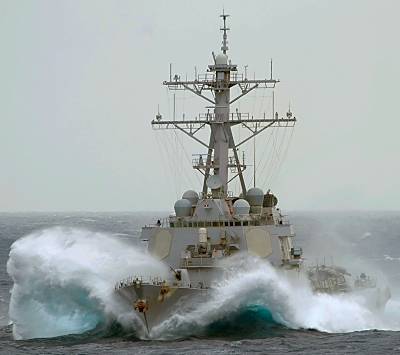WASHINGTON, June 9, 2010 — It has been a tough week in Afghanistan with 23 servicemembers killed in attacks since Monday, including four killed when their helicopter was shot down in Helmand province today.
Operational tempo for NATO International Security Assistance Forces in Afghanistan is at an all-time high.
“There are more ISAF forces [in Afghanistan] than at any other time, so the level of activity is high and I think as we conduct our operations and engage with the enemy, obviously the opportunities for hostile contact have gone up,” Pentagon spokesman Bryan Whitman said today.
There now are about 94,000 U.S. servicemembers in Afghanistan with 48,000 allies. The number of U.S. troops in Afghanistan will grow to about 98,000 by September. The number of NATO and other allied troops also will increase.
NATO troops are entering areas in Afghanistan where they previously have not been. In cases such as in Marja, Helmand province, the Taliban had established a shadow government to rule the area and intimidate the people.
The oncoming summer season is the traditional battle time in Afghanistan. Winter is over and snow has melted in the passes. Crops have been sown and – in the case of poppies – harvested.
“We have active operations going on in Afghanistan and we have more forces there than we’ve ever had,” Whitman said. “It is a period of time in which you’ll see the Taliban try to conduct their own operations. While we conduct our operations carefully and try to mitigate the risk in all our operations, the fact of the matter is that we have taken casualties and we’ve taken quite a few this week. It’s been a tough week.”
U.S. and NATO commanders have stressed the importance of the civilian component in operations in Afghanistan. Civilian experts are key to economic and governmental progress. The number of civilian experts in Afghanistan has risen and they are providing the advice and guidance the country needs. For example, the U.S. State Department has more people in Afghanistan than it ever has, Whitman said.
“If you talk to our military commanders, they are having a significant impact,” he said. “We finally have some much more robust resources in that regard and they are having an effect.”
The strategy in Afghanistan takes into consideration the differences among the different parts of the country. For example, Kandahar is a large city with a diverse population. It was the spiritual home of the Taliban and the home of Mullah Omar, the Taliban chief. Marja is a rural agricultural center.
Consequently, there are differences between the kinds of actions conducted in Marja, and those underway in Kandahar. Each operation is assessed by battlefield commanders and the actions they take are dictated by the situation on the ground.
However, the overall strategy of clear, hold and build applies to operations conducted in both Kandahar and Marja. This means that in both places the idea is to clear the area of the Taliban, hold the area so the group cannot get back in, and build the economic structure.
How this occurs will be tailored to the specific area. Officials continue to say there will not be a “D‑Day” for military operations in Kandahar. In fact, the offensive against the Taliban there is underway.
Source:
U.S. Department of Defense
Office of the Assistant Secretary of Defense (Public Affairs)

 von
von 